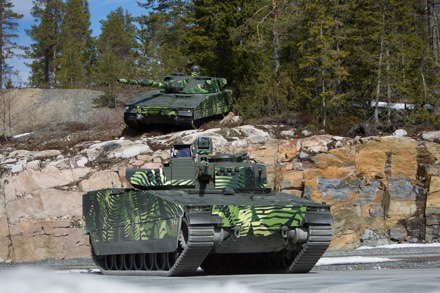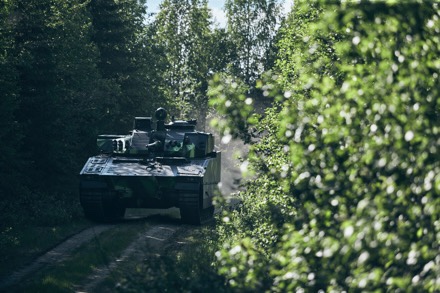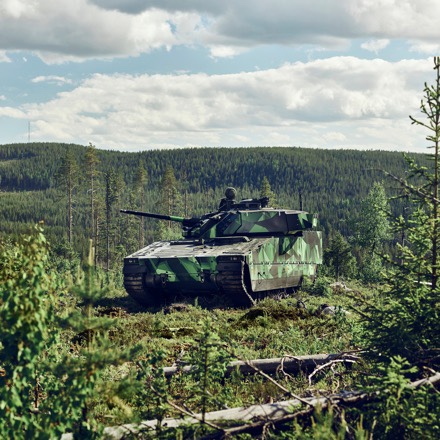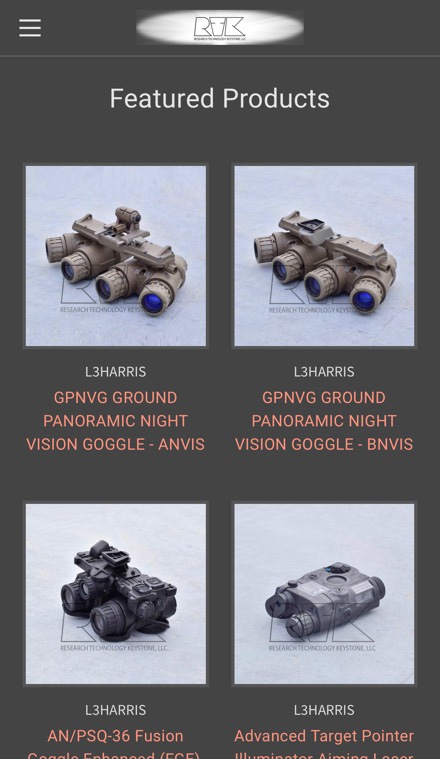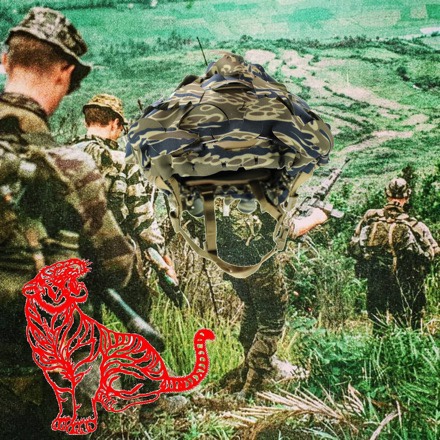MOODY AIR FORCE BASE, Ga (AFNS) —
The Side by Vehicle (SXV) is the newest Search and Rescue Tactical Vehicle added to the 347th Rescue Group’s arsenal, bringing more firepower and range than other models.
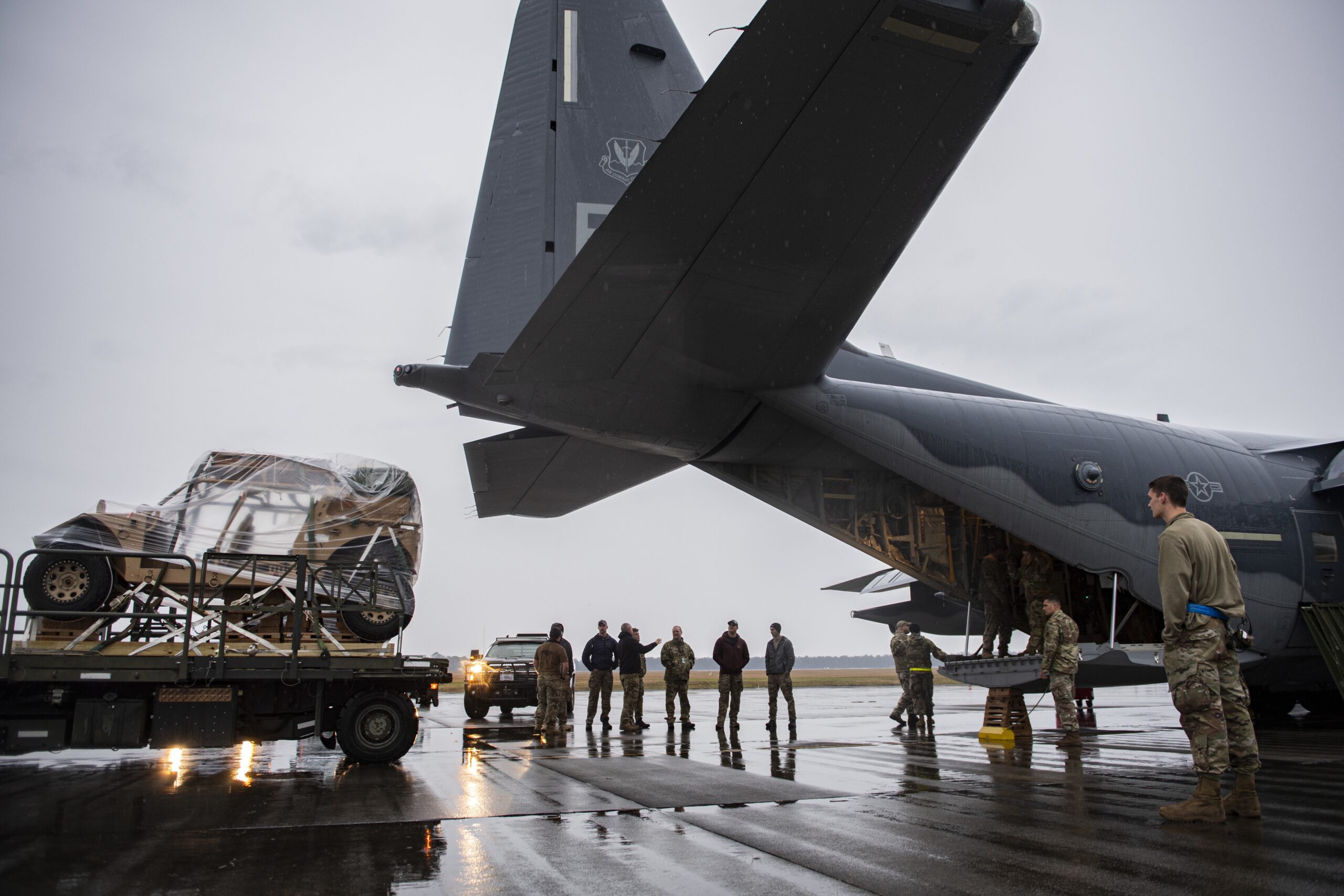
Although the 38th Rescue Squadron has been integrating the SXV into ground combat training scenarios, this was the first time they teamed up with the 71st RQS for an aerial delivery of an SXV, Jan. 20.
“This is the first step in building greater ground mobility options for the 38th Rescue Squadron and Air Force Special Warfare,” said Lt. Col. Michael Vins, 38th RQS commander. “Wherever paratroopers and combat rescue officers can land, we can potentially drop a (a lighter-weight tactical vehicle) or SXV to assist with ground mobility.
“For example, if an airfield is attacked and runway unusable, we could drop in a Guardian Angel team and pair of vehicles to consolidate survivors into a casualty collection point, treat life-threatening injuries, provide security and prepare for extraction,” Vins added.
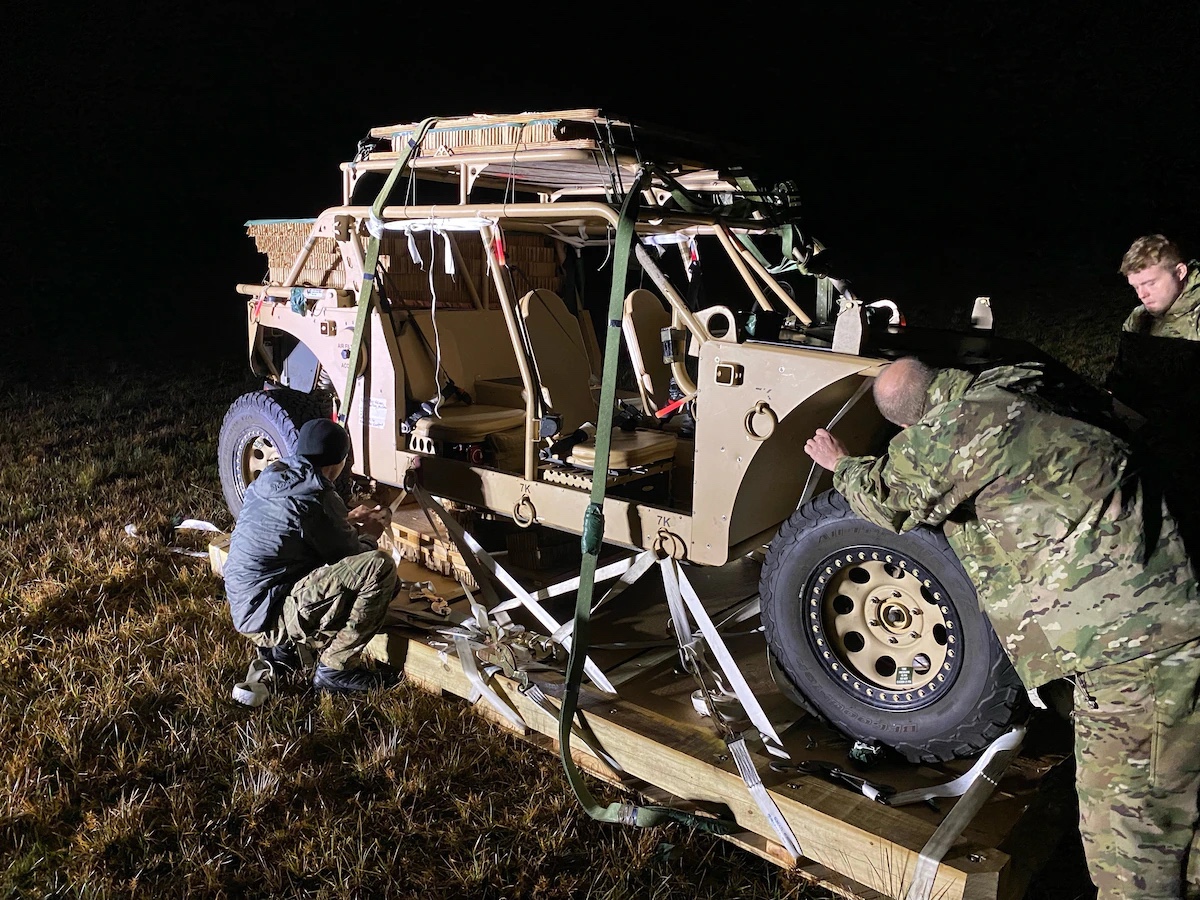
The drop took roughly a year to execute because the vehicle – stripped of weapons, equipment and fuel – weighs 4,445 pounds and is near the parachute weight limit. Accommodating the increased load required additional preparation.
“In order to be one-hundred percent combat effective, we need to see what works with the aerial delivery package and what does not,” said Master Sgt. Daniel Lillis, 38th RQS pararescue flight chief. “Once the vehicle and team leave the aircraft there may be little to no outside support. We need to determine what is required to be self-sufficient for extended durations of time in multiple environments. Additionally, we’re testing the durability of the vehicle itself upon airdrop – confirming that falling from the sky will not render the vehicle inoperable.”
This vehicle can be used to move equipment, personnel or patients to different locations. Furthermore, it has potential to develop the ability to provide power and be used as a moving communication center. Employing the vehicle requires personnel to know its capabilities, durability and sustainability.
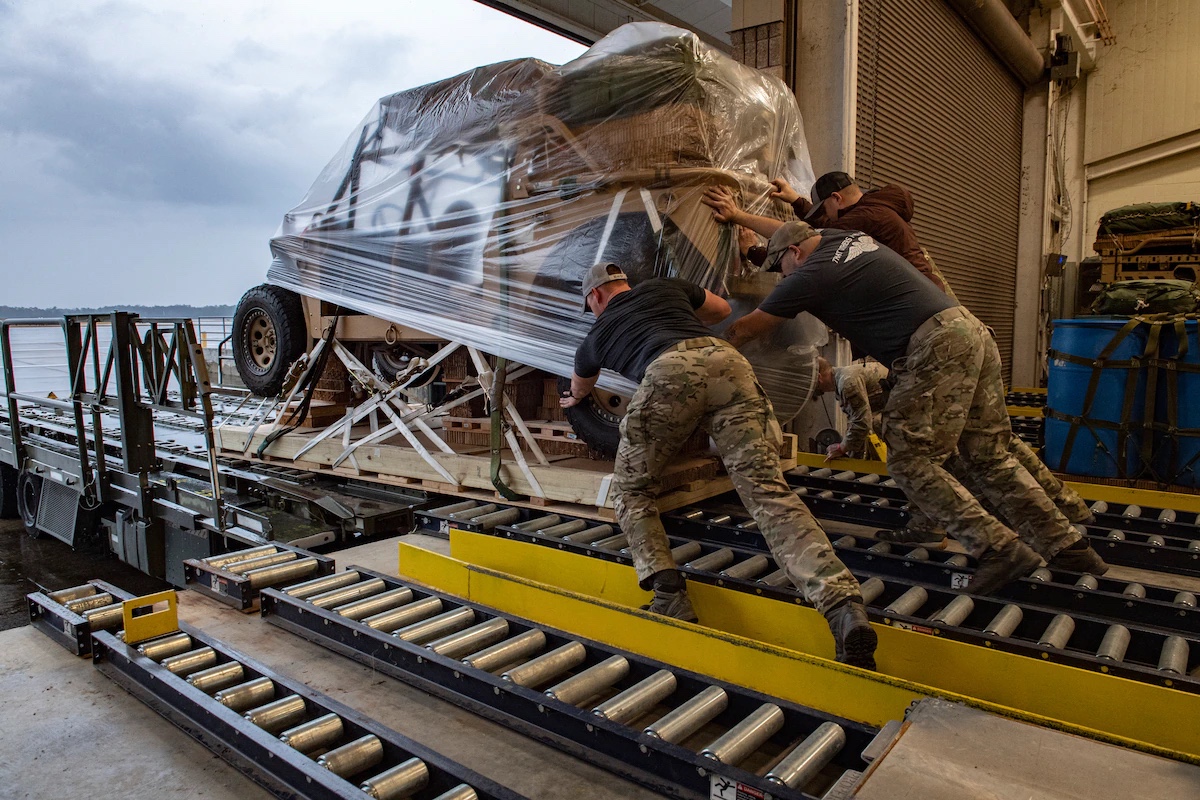
“Understanding capabilities and limitations of our equipment is vital prior to employing it on an actual mission,” Lillis said. “Constantly refining our rescue equipment and employment of the equipment is crucial to remaining effective as we look to the future of warfare and rescue.”
By adding an additional infiltration and exfiltration method, Moody Air Force Base hones their Lead-Wing capabilities. This allows rescue personnel to be more agile.
“The reality is Guardian Angel has a vast array of employment methods such as boats, vehicles, on foot, or any type of aircraft the (Department of Defense) has to offer,” Lillis said. “Preparing for a peer-to-peer, or near-peer threat requires us to think outside the box and train toward other methods of infiltration/exfiltration.”
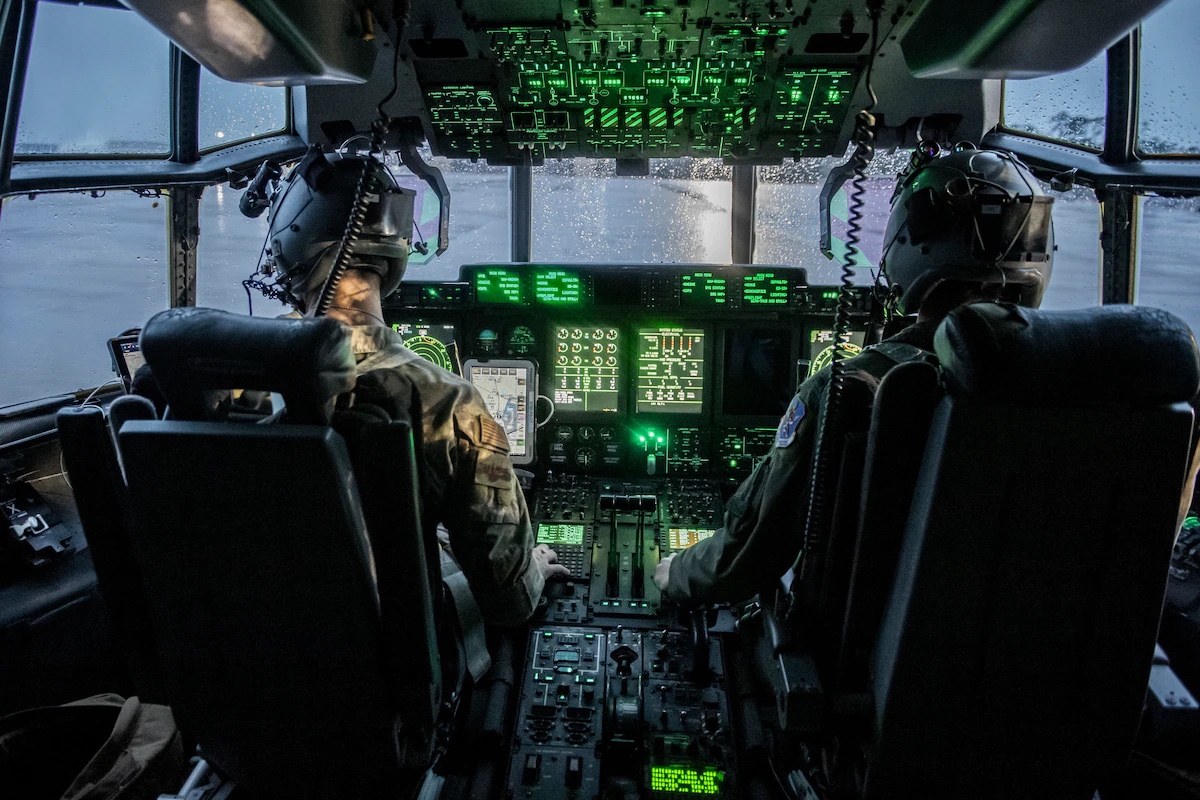
This drop marks the beginning of solidifying standard operating procedures using the SXV, and although it may not be the primary method for each mission, it adds another option to the rescue toolkit.
“As we progress, we’ll integrate the drops into scenarios with derigging procedures, ground movements and recoveries,” Vins said. “If successful and safe, we’ll be able to show a proof of concept to senior leaders of another infiltration method to bring isolated personnel home.”
Story by Airman 1st Class Deanna Muir, 23rd Wing Public Affairs
Photos by MSgt Daryl Knee



